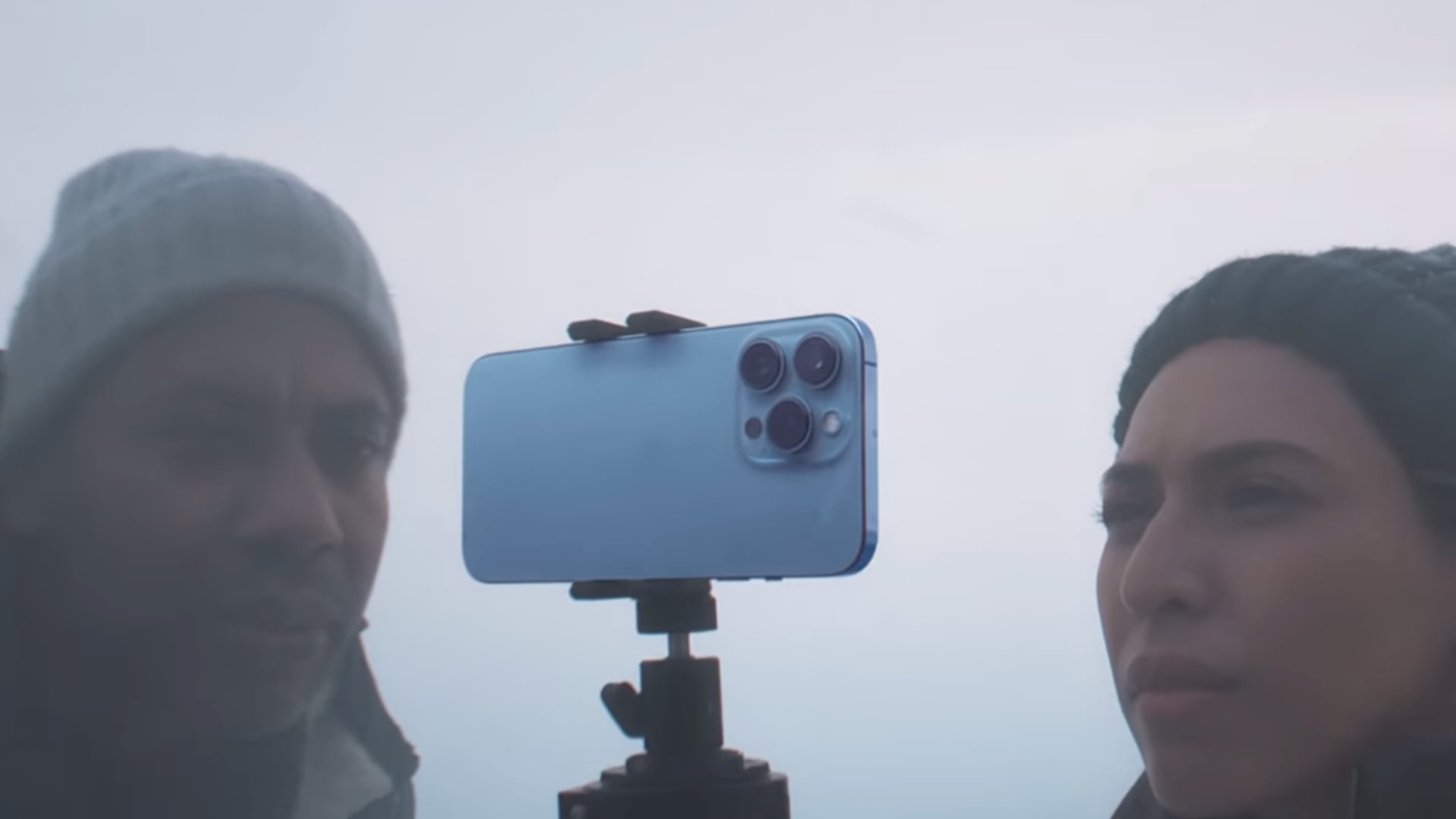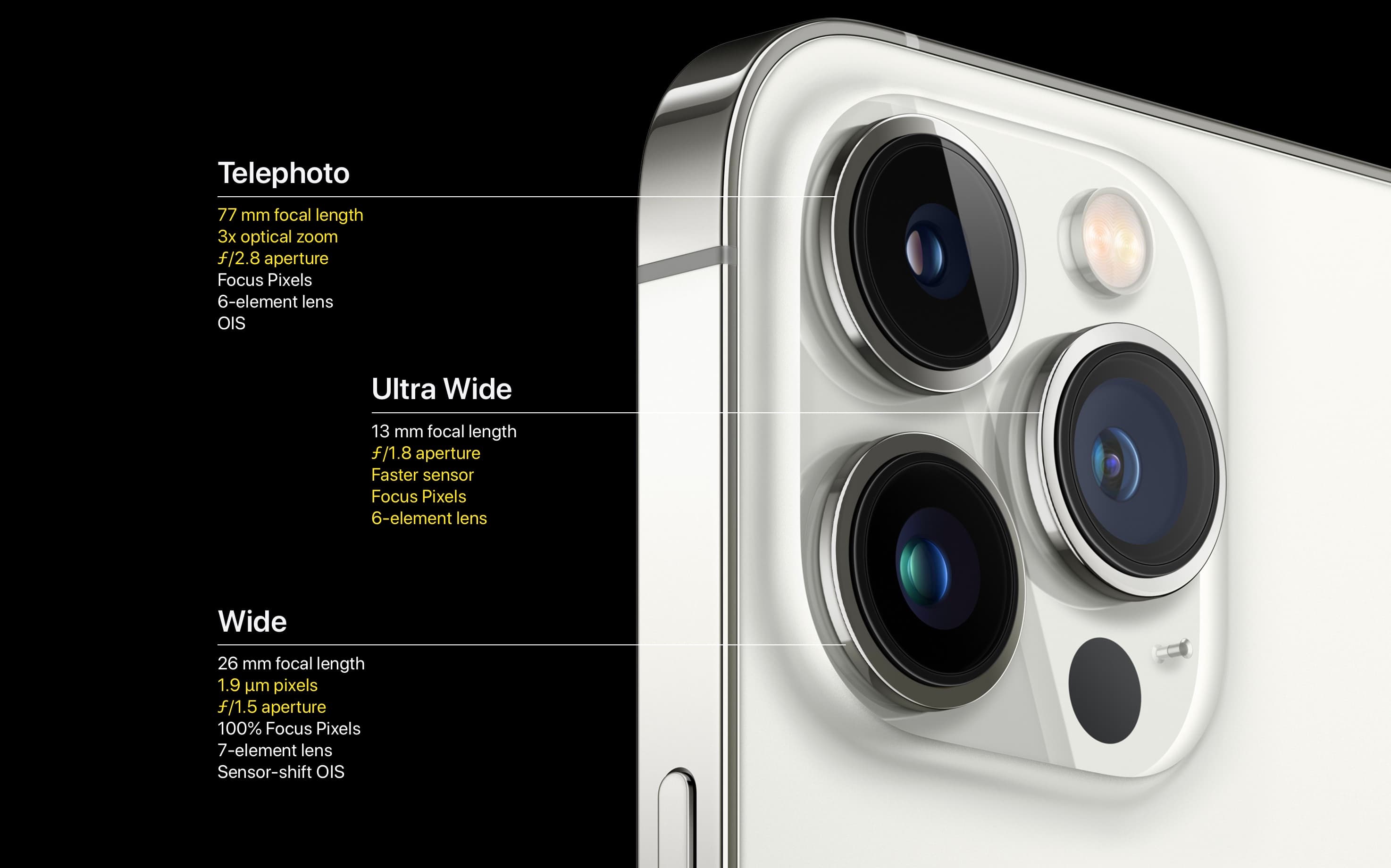Apple began planning for the new iPhone 13 cameras at least three years ahead of the September 2021 launch of the iPhone 13 lineup, company executives reveal.
STORY HIGHLIGHTS:
- Development work on iPhone 13 cameras began three years ahead
- The specifications for the A15 Bionic chip were finalized in 2018
- The new camera sensors were also defined around that time

iPhone 13 cameras, Apple A15 were conceived three years ahead
To share some interesting behind-the-scenes details regarding development work around the new iPhone 13 cameras, Apple has dispatched its executives to sit down with GQ Magazine, including Jon McCormack, who is vice president of camera software engineering, and Graham Townsend, vice president in charge of camera hardware engineering.
The executives shared Apple’s approach to iPhone development, revealing that planning for the new iPhone 13 sensors began three years before the handsets would reach customers. And the current Apple A15 chip powering the iPhone 13 series was already finalized by that time.
The planning has to start about three years ahead, because that’s when we actually fix the specification of the silicon. So, for instance, the sensor gets defined at that point and the A15 Bionic processor is also frozen.
Deep knowledge, coupled with expertise, is what informs vision. And you need vision, clear vision, plus the ability to peer around the technological corners to accurately predict what customers might want a few years down the line and what competition might release by then.
That’s when we have to begin to talk with Jon and predict the experiences that we want. Obviously when we designed the new ultra-wide lens, we were going to deliver macro photos. But how is that going to work both in stills and video?
“Jon” is Johny Srouji, a prized executive charged with leading all Apple silicon development.
Everything about Apple products is an interplay between the hardware and the software. That said, it may still surprise some that Apple plans iPhone features years in advance.

The executives also share previously unknown tidbits about the efforts that led to the new Cinematic Mode feature. They also hint that Apple is well-aware of the iPhone’s status as a camera in your pocket and shared other information pertaining to how the company made the iPhone 13 cameras for TikTok obsessives and Oscar winners.
How Apple mastered the art of ruthless incrementalism
By the time iPhone 13 arrived, Apple had been finalizing specifications for next year’s iPhone 14, developing its successor for a launch in 2023 and thinking about a 2024 model.
The iPhone is on a three-year roadmap in terms of major changes to its industrial design and hardware. With that being said, it doesn’t come as a surprise that Apple would kick off work on the redesigned, enhanced iPhone 13 cameras three years in advance, back in 2018. What’s surprising though is the fact that the latest A15 Bionic chip was conceived around that time.
In 2018, the redesigned iPad Pro with Face ID was all the rage, as was Apple’s A12 Bionic chip powering it. While the world was marveling at the tablet’s snappiness, speed and power efficiency of the A12 chip, Apple was already busy finalizing A15’s specifications.
This also means that the company — again, as far back as 2018 — also had the A13 ready to go and was finalizing the A14. But the approach isn’t without pitfalls even though that kind of long-term thinking yields a predictable stream of steady upgrades. But these incremental upgrades tend to be boring, with Apple losing some of its startup mentality and the ability to respond to move and respond to market changes swiftly.
That’s why you must wait three years for major changes to the iPhone’s industrial design. And that’s why it took Apple a long time to catch up with Android rivals in terms of features such as wireless charging. And that’s why the new iPhone 13 is the king of incremental upgrades.